Basic functions
Plane correction
Some microscopes, such as the STM, cause curvature artifacts due to their construction. Straight levels in reality are mapped curved. Correcting these large amounts of data is often a tedious and time-consuming job. Hence, we have implemented a layer curvature correction that eliminates these artifacts in linear, parabolic, and cubic approximation. You can choose between manually marking a planar region or automatic detection combined with visual monitoring.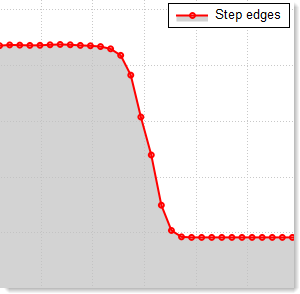
Drift correction
Measurements experience drift effects for various reasons. dotCube offers you a tool to automatically eliminate drift within image sequences and movies. To start the correction, select a characteristic element in an image that appears in each image. The drift correction places each frame in the correct position according to these elements and optionally writes the necessary drift correction offsets into a table. The drift correction creates stable and drift-free films, but can also be used to calculate motion patterns of objects.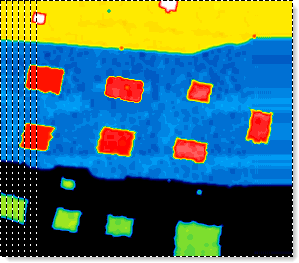
Derivatives
dotCube offers the possibility to calculate derivatives by the gradient descent method or in a given direction in multiple orders. These calculations create either an edge detection or the illusion of one-sided illumination. Slow changes such as curvatures are removed.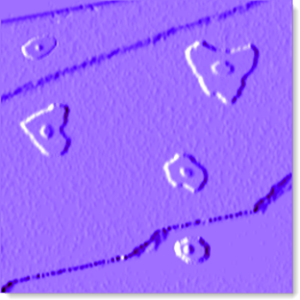
Fourier transformation
Fast Fourier transformation converts your recordings from real space to frequency space and vice versa. In this way, periodic structures can be analyzed with great accuracy. The numerous enbedded functions help to suppress artifacts due to the finite dimensions of your image.
Z matrix manipulation
Z-matrix manipulation applies mathematical formulas or squeeze and stretch functions to selected areas and can in this way, for example, increase the contrast of selected image areas.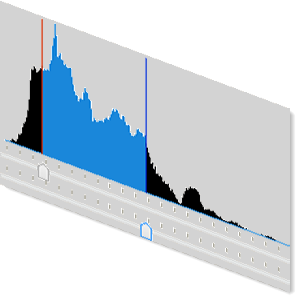
Selection-object conversion
With this function, each selection can be converted into an object. In this way, objects that are difficult to detect, such as terraces or step edges, can be analyzed with the entire range of functions offered by the object recognition.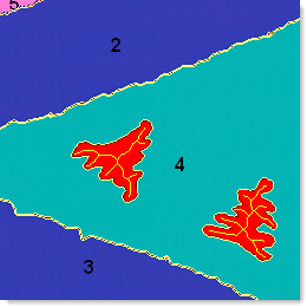
Edge detection
Edge detection makes abrupt changes in the z-matrix or pixel plane visible while suppressing slow continuous changes and sets the focus on essential structural properties.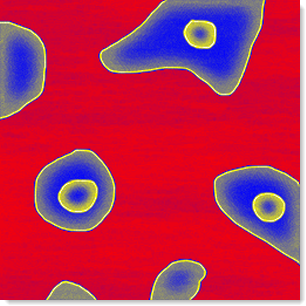
Skeleton
The skeleton function reduces an areal object to a skeleton line using the Zhang-Suen algorithm and helps to determine maximum distances and lengths within an object.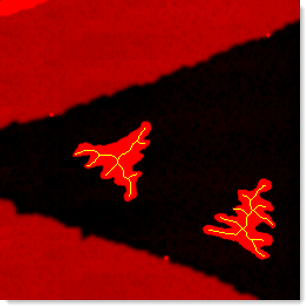
Matrix convolution
An unlimited number of functions and effects can be applied to your measurements using convolutional matrices. Choose from the pre-built applications or design your own effects.